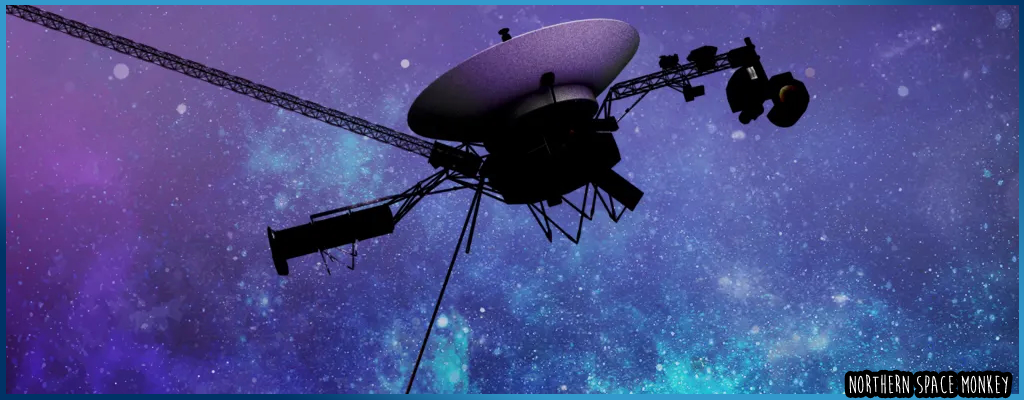


Voyager 1 suffered a failure of one set of thrusters back in 2004 due to a power loss in a set of internal heaters, leading to a switch to a backup set for the roll motion on the spacecraft. At the time, the engineers decided to leave the failed system alone and switch to the backup as the mission had already surpassed expectations of lifespan. They certainly had not envisaged another twenty years of operation that we've been graced with.
Running for the last twenty years without a backup in place, the team decided to reexamine the issue and try to derive a solution to ensure a backup set of roll thrusters were available in case of failure of the now primary system. In the event of failure of the primary, Voyager would not be able to remain pointed at it's guide star used to orient itself.
With a shutdown of the Deep Space Station 43 antenna in Canberra for maintenance, the mission team raced against the clock to create a solution and communicate with Voyager 1 before loss of constant contact.
With a review of flight data the team surmised that the power supply for the heaters had flipped a switch to the wrong position, and a reversal of this could lead to a restoration of power to the heaters. The team needed to switch the old roll thrusters back on, then fix and restart heaters. However, if Voyager decided it had drifted too far from it's alignment, the thrusters could fire and cause a small explosion due to the frozen fuel lines.
The team made their plans and sent the commands to Voyager to attempt to recover the backup thrusters. Taking over 23 hours to send a signal each way, the team waited nervously for the response knowing that whatever happened, it occurred nearly a day before their status update. On March 20th the team viewed the response from Voyager and within twenty minutes saw the temperature of the thrusters rise dramatically, proving they had succeeded in their goal. Voyager 1 had two operating sets of roll thrusters available again against all of the odds.
The Voyager missions continue to amaze us all with their resilience and continued thoughtful workarounds to maintain the lifespan of craft that left this planet nearly fifty years ago. Long may we continue to see data and scientific experiments from these two craft, heading further out into the space beyond our tiny solar system.
More information on Voyager 1 can be found on NASA's Voyager Mission blog site.
Keywords: Space Satellite Voyager Thruster NASA Interstellar Probe